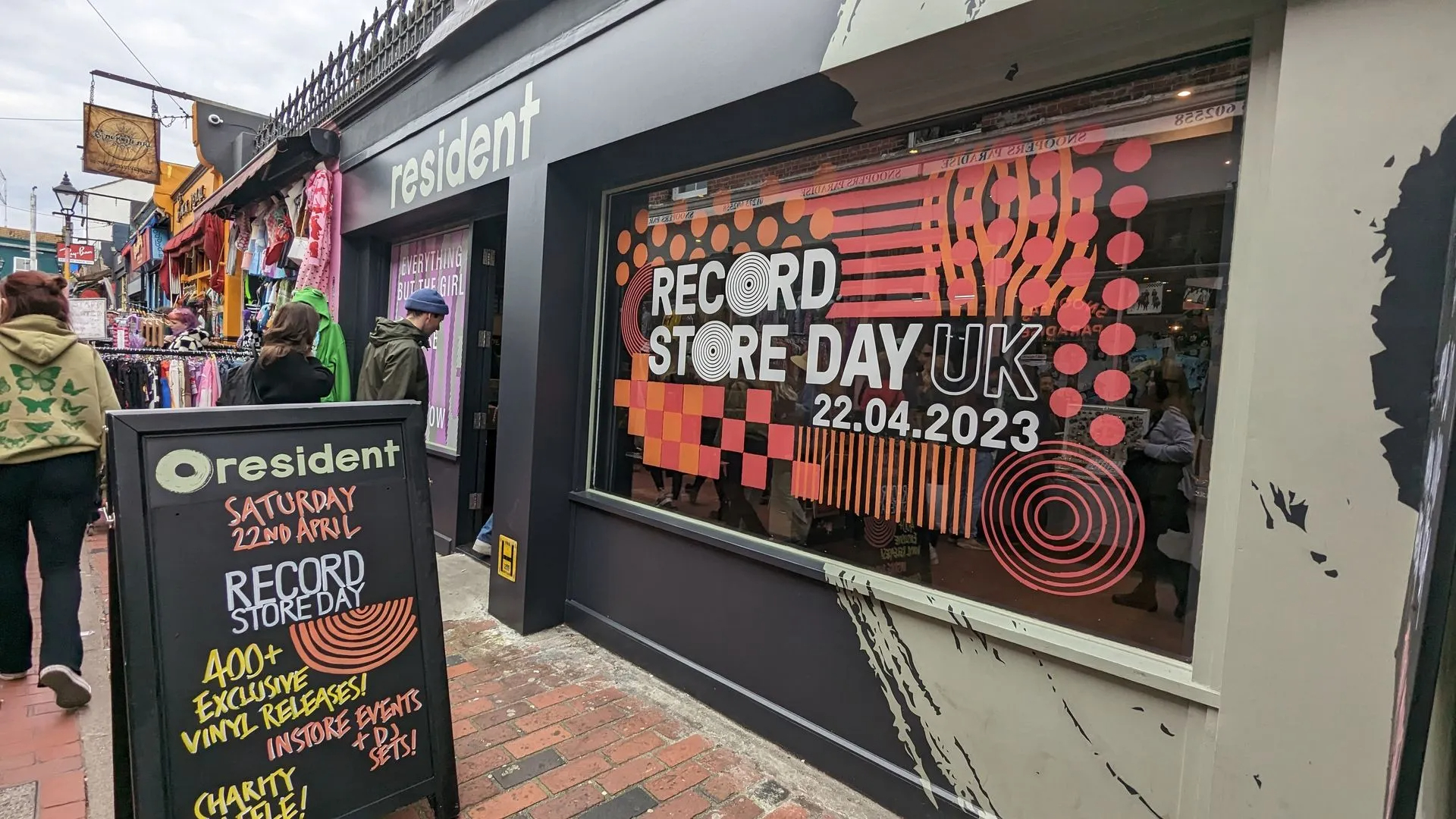
As we entered the year 2000 and the new millennium, vinyl had well and truly had its day. The CD became the only physical format worthy of any attention, making up roughly 95% of recorded music sales in the US that year. However, fortunes have changed since then and just under six million vinyl records were sold in the UK in 2023, a huge increase from 2007’s total of just 200,000 LPs.
So what changed? As we all know, a newfound (or rediscovered) love for vinyl records has seen a resurgence for the format. This has been driven by several factors: a combination of nostalgia, questionable practices by streaming services driving users away, and the increasing awareness of the benefits that come with owning physical media.
As we celebrate Vinyl Week, let’s take a look at a few major factors in the re-emergence of vinyl as a driving force behind physical music sales.
Record Store Day
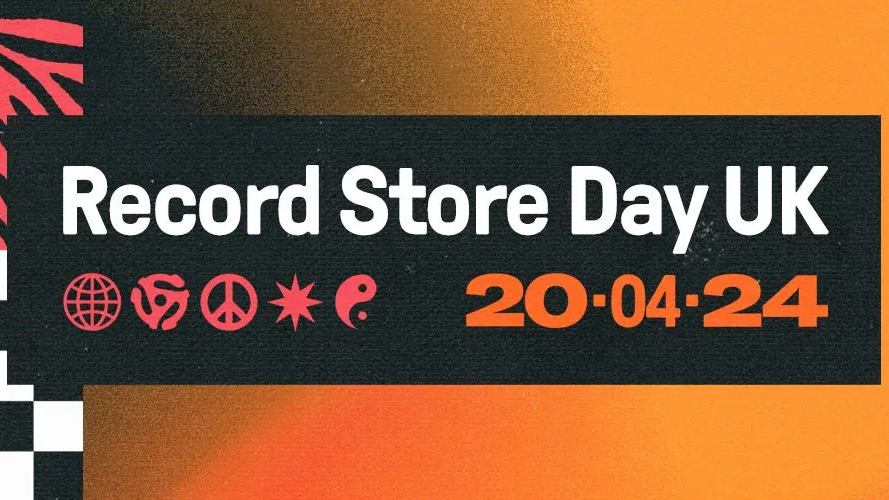
Record Store Day was started in 2007 by just six music fans as a celebration of vinyl records and the stores that sell them. Since then, the event has grown into an influential force and a staple of many music lovers' yearly schedules.
Many special releases get pressed each year for Record Store Day, which are then distributed exclusively to physical shops participating in the event – you can't buy them online. The day breathes life into small independent stores across the country and gives artists a chance to launch their music in a unified way that brings fans together. The resurgence also led to a new sense of ‘community’ for vinyl fans, old and new – stores everywhere, including the rather lovely indie stores, are usually very busy on the day and add to the whole experience and atmosphere for like-minded fans. Outside of RSD, it has allowed these indie stores to flourish as places for vinyl music fans to gather and buy records from a dedicated place, rather than your local HMV.
As we mentioned, only 200,000 vinyl LPs were sold in 2007 – the year Record Store Day was launched. Following the developments of CD, online file-sharing, downloads and streaming, vinyl was left in the dust. Now, UK vinyl sales have increased for the 16th year in a row to a total of six million LPs sold, and influential events such as this have certainly played a big role.
Newer releases leading the way in sales
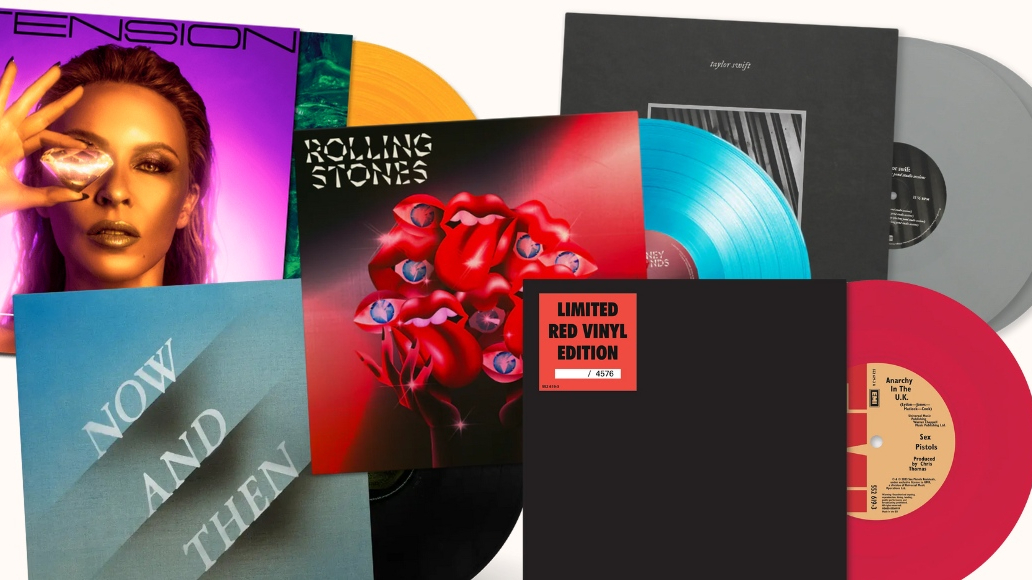
According to BPI’s sales figures from last year, seven of the top 10 biggest-selling vinyl LPs were released in 2023.
The list includes Taylor Swift’s 1989 (Taylor’s Version) and Speak Now (Taylor’s Version), Blur’s The Ballad Of Darren, Lana Del Rey’s Did You Know There’s A Tunnel Under Ocean Blvd, Lewis Capaldi’s Broken By Desire To Be Heavenly Sent, Kylie Minogue’s Tension, and The Rolling Stones' Hackney Diamonds.
In recent years, artists such as Taylor Swift, Harry Styles and Olivia Rodrigo have been driving forces behind the growth in vinyl sales, and members of Gen Z are quoted as being the biggest buyers. A combination of being tired of music streaming services (more on this later) and wanting to support their favourite artists are said to be two of the main reasons for their collective interest in vinyl.
Some of the artists mentioned above are guilty of releasing numerous versions of the same album. Olivia Rodrigo, for example, released four versions of her album Guts, with each containing a different bonus track not found on streaming services. Other artists may release an album in different colours to try and entice collectors to shell out on multiple copies.
Meanwhile, artists such as Billie Eilish have called out this practice as a chart tactic and as being bad for the environment. Eilish herself released eight variants of her 2021 album Happier Than Ever; however, the singer ensured they were made from 100% recycled black vinyl, recycled scraps for the coloured versions, and shrink-wrapping made from sugar cane. Her latest album, Hit Me Hard And Soft, also follows a similar route, with vinyl copies pressed onto recycled or eco-vinyl and all packaging made from recycled materials.
While a large percentage of vinyl is sold or exchanged via secondhand markets and these transactions are untraceable, new vinyl is seeing increasing sales figures year after year. And even if you’re not a fan of some of these newer artists, we think the positive impact they have on the continued growth of vinyl sales is a great thing – long may it continue.
TikTok and Instagram
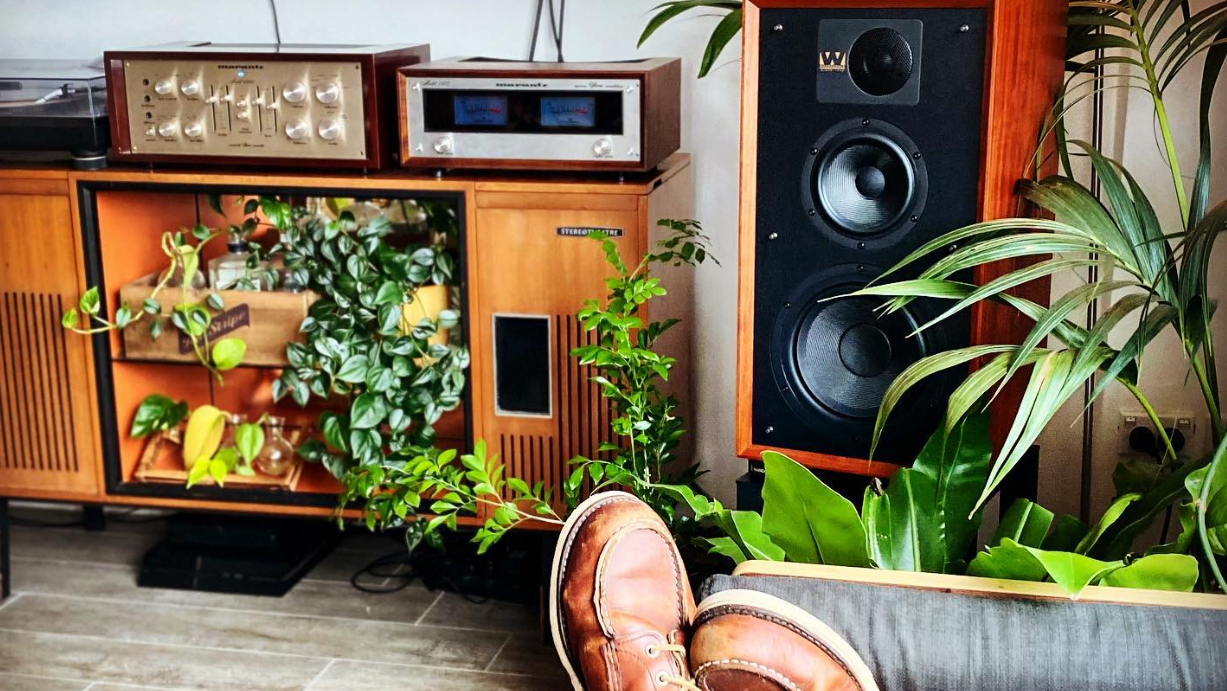
Video-based social media content is nothing new, but it is something that didn't exist during vinyl's heyday in the ’60s/’70s. TikTok has become one of the most immediate and effective means of setting online trends we’ve ever seen. From sending new songs into viral stardom to giving older artists a second wind (including Kate Bush's Running Up That Hill), the platform has certainly benefitted some artists (despite the disdain many may hold for it).
Not only do the artists and the music they create gain enormous attention on social media, but the physical releases and equipment used to play their content also get a lot of love. There’s of course the visual appeal of the products we use to play physical music. Turntables, amplifiers, and speakers in particular have an analogue, tactile design quality that makes them enjoyable to look at (bonus points if they are of a particular vintage or retro aesthetic), and so online home decor and lifestyle pages on Instagram play a big part in keeping the flame alive, as well as the more tech-oriented pages and publications.
These visually orientated social media platforms have also helped popularise phenomena such as ASMR (autonomous sensory meridian response) and the romanticisation of holding, touching and hearing physical objects being unpackaged and put to use. And vinyl of course is a very physical format, from unwrapping a new record, placing it on a turntable to lining up the stylus to play on the groove... Even hi-fi brands themselves are getting in on the act and uploading unboxing videos of their products in collaboration with online content creators, using cut-up clips from the process to include as much audible snap, crackle, and pop as possible.
Resistance against online streaming
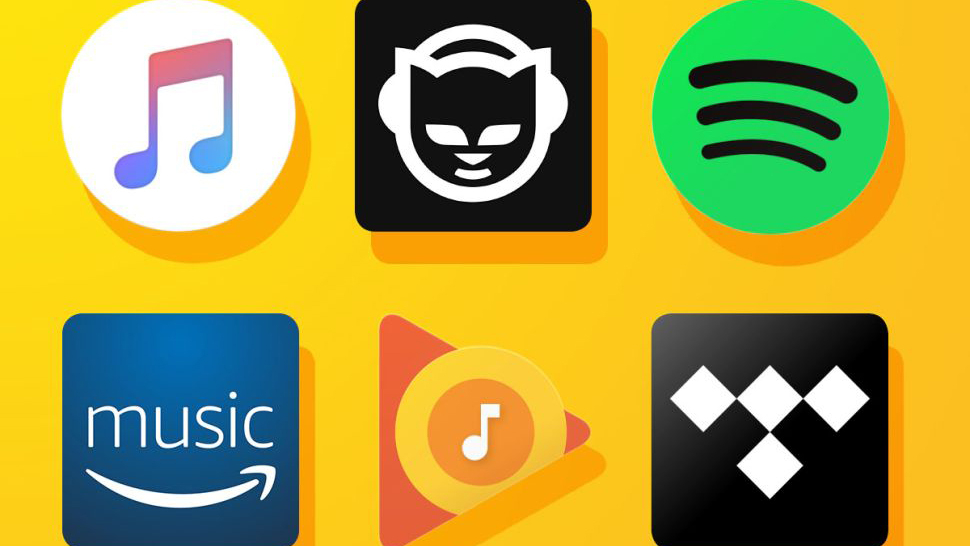
Streaming was supposed to reset the landscape of accessing digital media, whether that be music and audio, or TV and movies. A decade or so ago, this may have been the case, with more reasonable subscription fees and less advertising-supported subscriptions around. Now, it feels as if most streaming services have forgotten the role they initially positioned themselves in, which was as an alternative to the established industries, and are more fragmented than ever.
Not only this, but online streaming services can often take down an album at a moment’s notice depending on licensing agreements with the studio. For example, one of my favourite hip-hop albums, The Cold Vein by Cannibal Ox, was suddenly taken down from Spotify’s catalogue a couple of years ago and hasn’t returned since (it is, however, still available on Tidal, thankfully). This uncertainty surrounding continued access is a big concern for subscribers – why pay for a service when the reasons that entice you in can be cruelly snatched away without warning? The same cannot be said of a physical recording you buy and own, as it is yours to enjoy for life – providing you look after the pressing.
Audio quality is also a factor. Some of the most popular services out there, such as Spotify, don’t offer a hi-res experience (despite years of rumours and anticipation for such a subscription tier). While vinyl is arguably not the absolute best format when it comes down to audio quality alone, it’s certainly better than an MP3-quality file.
More pressing plants
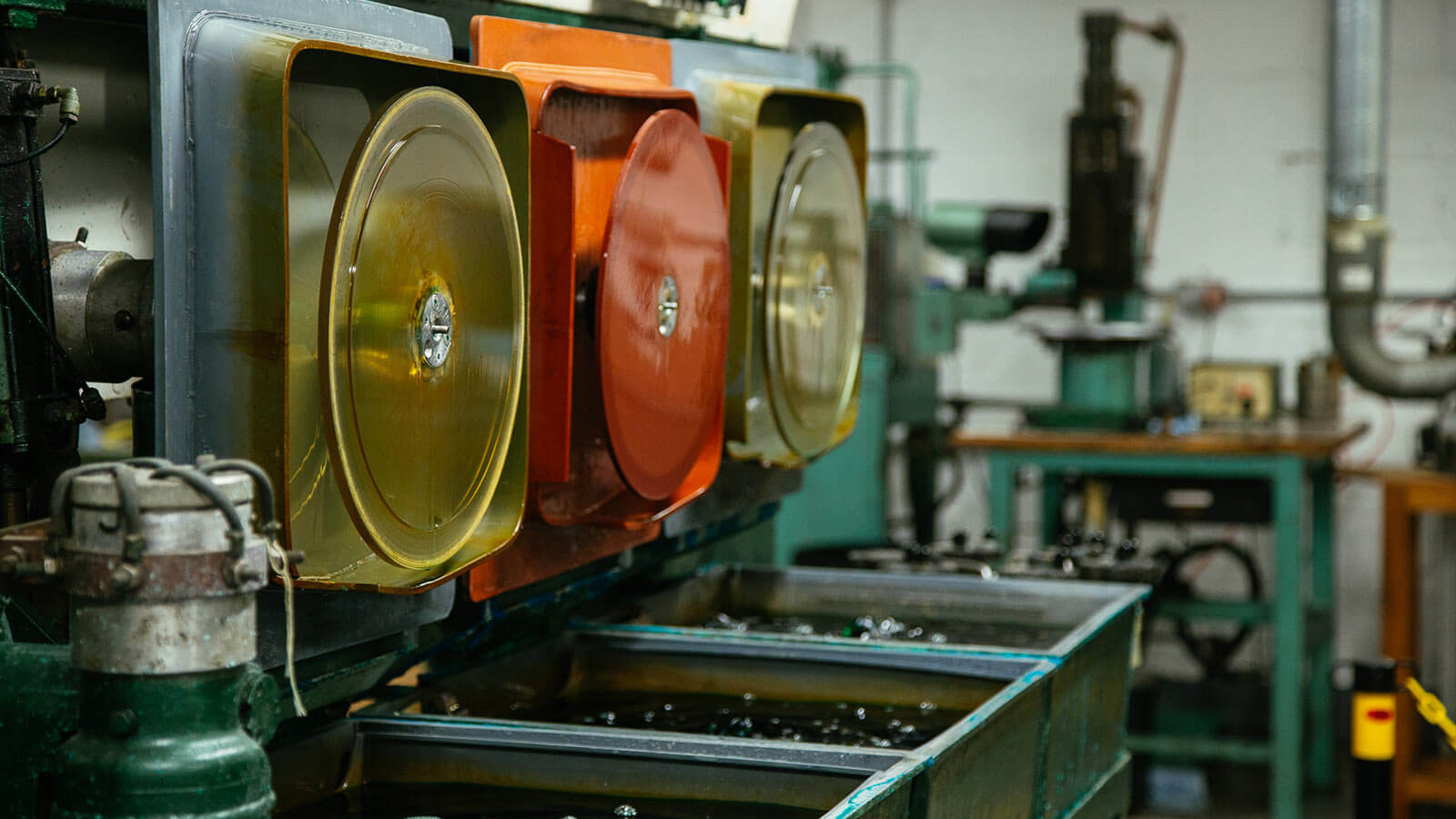
One bottleneck the industry has always faced (especially a few years ago when the new resurgence in vinyl’s popularity meant demand outweighed supply) was when it came to the pressing of records. As demand for vinyl shrank and the industry cooled in the 1990s and 2000s, pressing plants closed their doors. As a result, there simply weren’t enough facilities available when demand suddenly began to grow again.
As more plants open now, the supply chain becomes less congested. We’ve seen several new facilities pop up around the UK in the last few years, including Seabass Vinyl, Scotland’s first-ever vinyl-pressing plant. This means artists and labels can press a batch of records quicker than they could in years prior.
It’s not just new music that is more frequently being released, either. Re-releases, small labels and legacy bands are returning to vinyl. Lots of classic artists are reissuing some of the most influential albums of all time, including titles such as Pink Floyd’s Dark Side Of The Moon and Fleetwood Mac’s Rumours which both featured in the top 10 of the UK Offical Vinyl Artist Albums Chart 2023.
MORE:
Check out all the latest Vinyl Week 2024 features and reviews
The 17 best turntables of What Hi-Fi?'s lifetime
Tales from the Record Store: Lost punk classics, Elton John encounters, CD-fusion and more







